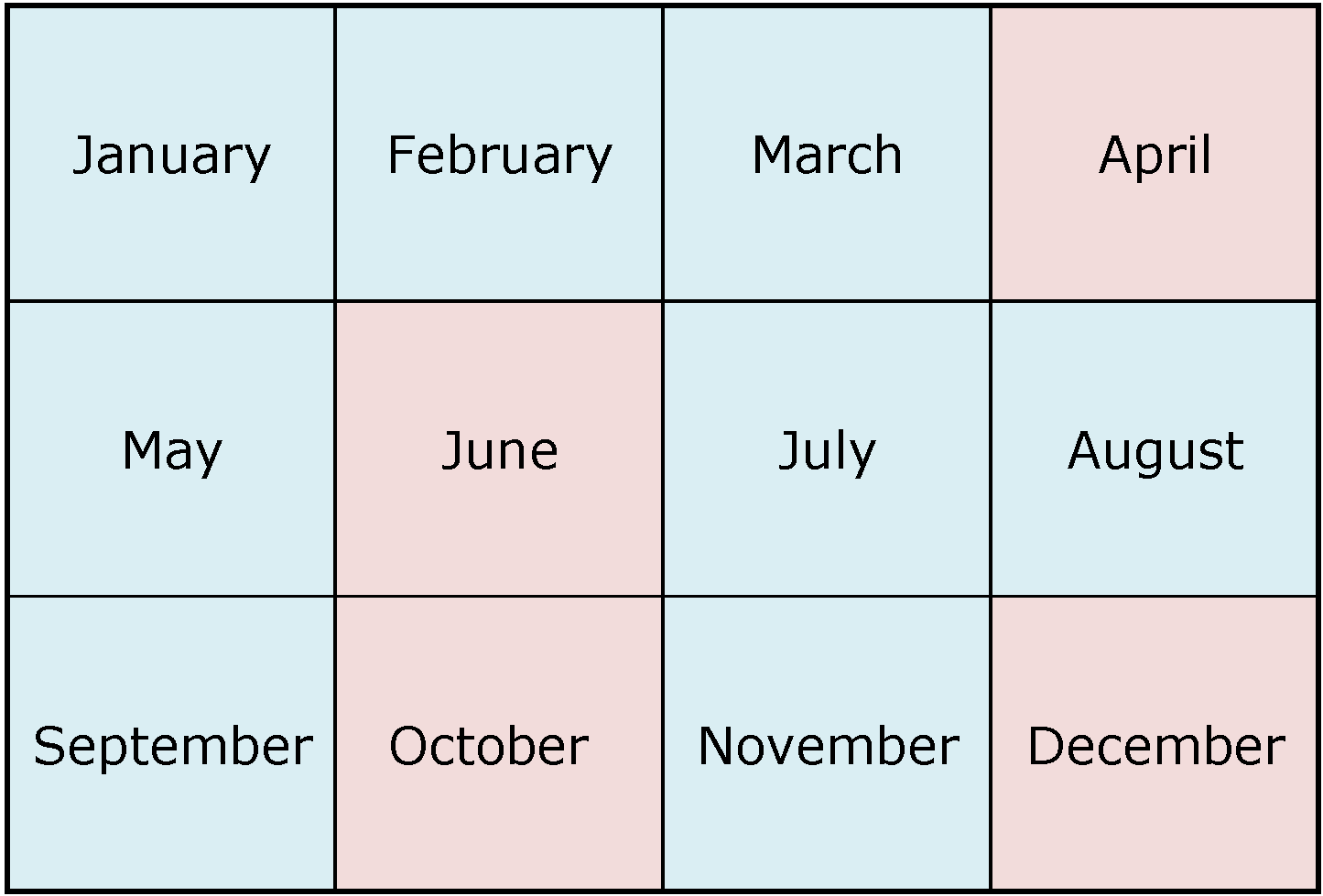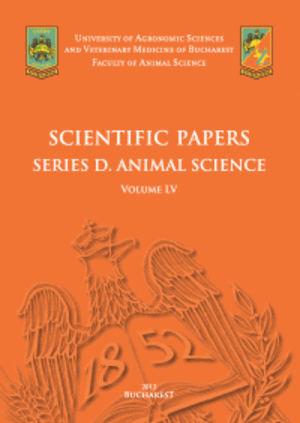Published in Scientific Papers. Series "Management, Economic Engineering in Agriculture and rural development", Vol. 25 ISSUE 2
Written by Paula STOICEA, Adina Magdalena IORGA, Livia DAVID, Cristina Georgiana BUCUR
Sorghum, a herbaceous species of the Poaceae family is the fifth most cultivated plant in the world, being the main bread grain in Africa, Southern Europe, Central America and South Asia. Sorghum competes with corn, being an important fodder plant for biogas production of alcohol, growing with its inherent tolerance to drought, short cultivation times and relatively low operating costs of corn has determined the interest in cultivation. The aim of the paper is to identify the major sorghum-growing nations worldwide, in Europe, and domestically, examines their production levels, and analyzes their potential regarding yield, land utilization, and climate compatibility. Statistical data from FAOSTAT, EUROSTAT, and NIS Romania constituted the primary materials for this analysis. The methodological framework involved the calculation of the arithmetic mean, standard deviation, and coefficient of variation as key statistical indicators. These results are presented in both graphical and tabular forms. Main results and conclusions show that sorghum is recommended for drought-prone areas due to its resilience, low costs, profitability, and simple cultivation. Globally, top producers are the USA, Nigeria, Mexico, India, and Ethiopia, while highest yields per hectare are in Oman, Jordan, Israel, Austria, and Italy. Within the EU, France is the main cultivator, with Romanian cultivation showing significant variability (41.6% between 2013-2023). The current changing pedoclimatic conditions are increasing sorghum's importance in Europe, with France, Hungary, and Italy being major EU cultivators. Despite its drought resistance and nutritional value, Romanian sorghum production is declining annually.
[Read full article] [Citation]

 Next Issue will be published according the the calendar.
Next Issue will be published according the the calendar.



